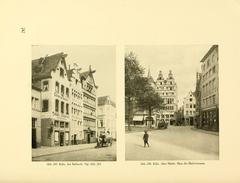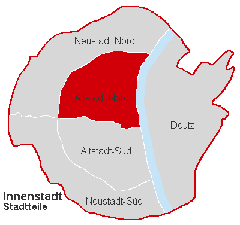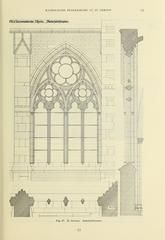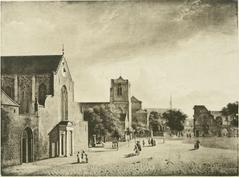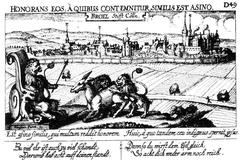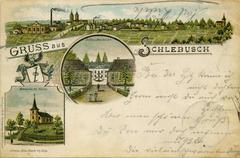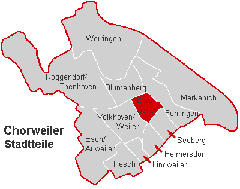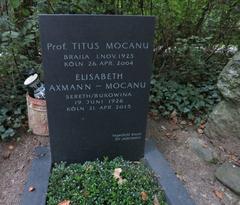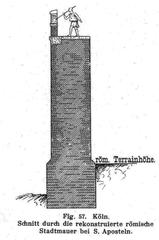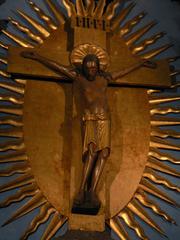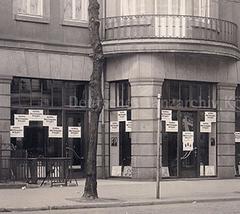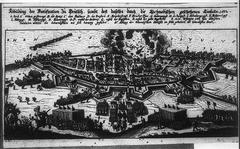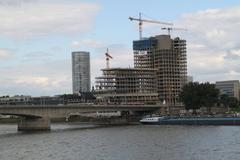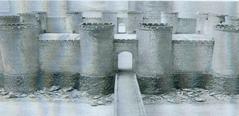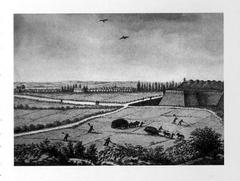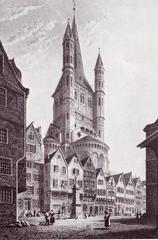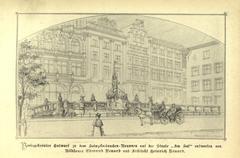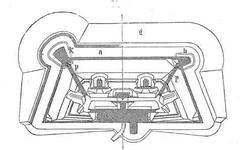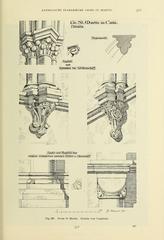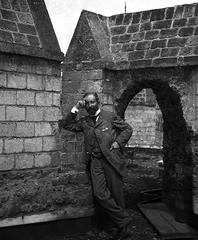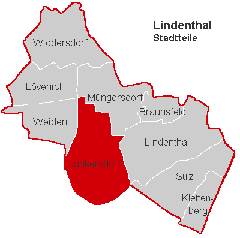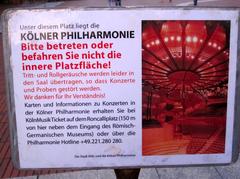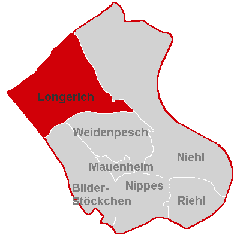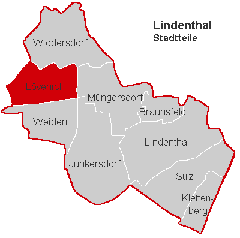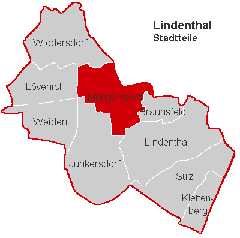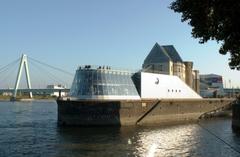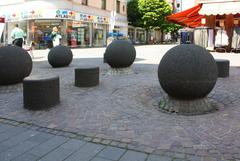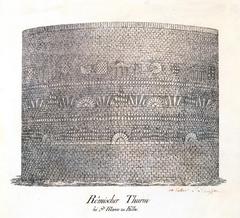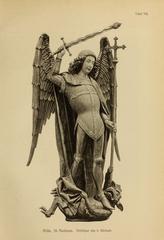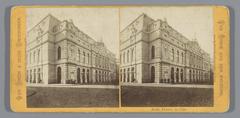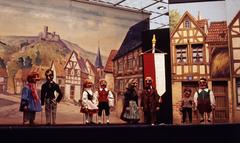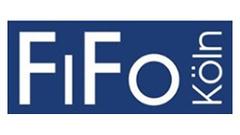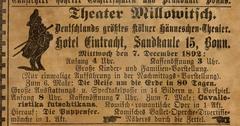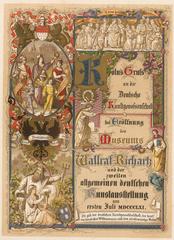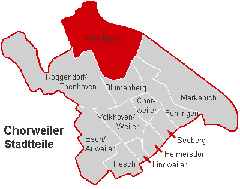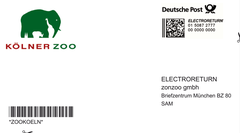Castle Augustusburg: Visiting Hours, Tickets, and Historical Sites in Cologne
Date: 18/07/2024
Introduction
Schloss Augustusburg, a UNESCO World Heritage site, is a quintessential gem of Baroque and Rococo architecture located in Brühl, just south of Cologne, Germany. This magnificent palace not only stands as a testament to the grandeur of 18th-century aristocratic life but also offers an immersive journey through history, art, and architecture. Commissioned in 1725 by Archbishop Clemens August of Bavaria, the palace was designed by the renowned architect Johann Conrad Schlaun, inspired by the opulent French palaces like Versailles (official Schloss Augustusburg website). Visitors to Schloss Augustusburg can expect to be captivated by its grandiose exterior, exquisite interiors, and meticulously designed gardens that reflect the artistic and cultural aspirations of its era. Whether you’re a history enthusiast, an architecture aficionado, or someone seeking an enchanting day out, Schloss Augustusburg promises a memorable experience.
Table of Contents
- Introduction
- A Journey Through Time: The Genesis of Augustusburg
- Architectural Symphony: A Fusion of Styles
- Stepping into a World of Opulence: The Interior of Augustusburg
- Beyond the Palace Walls: The Gardens of Augustusburg
- Visitor Information: Tickets, Hours, and Tours
- Travel Tips and Nearby Attractions
- A Legacy Etched in Stone and Time
- FAQ
- Conclusion
- Call to Action
A Journey Through Time: The Genesis of Augustusburg
The story of Augustusburg begins not with a palace, but with a medieval castle. This unassuming predecessor, documented as early as the 12th century, belonged to the Archbishop of Cologne. However, it was Archbishop Clemens August of Bavaria, a man of discerning taste and considerable ambition, who envisioned something far grander.
In 1725, Clemens August, a prominent figure in the Holy Roman Empire, commissioned a new palace befitting his status. He chose Johann Conrad Schlaun, a Westphalian architect renowned for his innovative Baroque designs, to bring his vision to life. Schlaun, inspired by French palaces like Versailles, conceived a masterpiece that would seamlessly blend grandeur with intimacy.
Architectural Symphony: A Fusion of Styles
Augustusburg’s architectural language is a harmonious blend of Baroque exuberance and Rococo elegance. The palace’s U-shaped layout, a departure from the traditional four-wing design, embraces the visitor with open arms. This welcoming gesture, unusual for palaces of the time, speaks volumes about Clemens August’s desire to create a space for celebration and connection.
The palace’s exterior, while grand, exudes a sense of refined restraint. The red brick facade, punctuated by sandstone accents, creates a pleasing visual rhythm. The central building, crowned with a copper-clad dome, commands attention, while the flanking wings gracefully extend outwards, inviting exploration.
Stepping into a World of Opulence: The Interior of Augustusburg
If the exterior is an invitation, the interior is a symphony for the senses. Stepping inside Augustusburg is akin to stepping into a jewel box, each room more dazzling than the last.
The grand staircase, a masterpiece of Baroque theatricality, sets the stage for the opulence within. Designed by Johann Balthasar Neumann, a master of spatial illusion, the staircase seems to defy gravity, its sweeping curves and intricate stuccowork drawing the eye upwards towards the heavens.
Each room in Augustusburg is a testament to the artistry of the period. Lavishly decorated with frescoes, stuccowork, and gilded accents, they showcase the skills of renowned artists like Carlo Carlone and Giovanni Battista Tiepolo. The Green Room, with its delicate Rococo details and ethereal ceiling fresco, is a masterpiece of lightness and grace. In contrast, the grand dining hall, known as the ‘Treppenhaus,’ impresses with its sheer scale and grandeur, its walls adorned with monumental tapestries depicting scenes from Roman history.
Beyond the Palace Walls: The Gardens of Augustusburg
No palace is complete without its gardens, and Augustusburg is no exception. Designed by Dominique Girard, a pupil of the renowned André Le Nôtre, the gardens are a masterpiece of French formal garden design.
Geometrically arranged parterres, adorned with colorful flowers and meticulously pruned hedges, create a sense of order and harmony. Fountains, sculptures, and cascading water features add movement and sound, transforming the gardens into a feast for the senses.
Visitor Information: Tickets, Hours, and Tours
Planning a visit to Schloss Augustusburg? Here are some essential details to help you make the most of your trip:
- Visiting Hours: The palace is open from 9:00 AM to 6:00 PM daily, with the last admission at 5:00 PM.
- Tickets: Entrance fees are €10 for adults, €7 for students and seniors, and free for children under 12. Tickets can be purchased online or at the entrance.
- Guided Tours: Guided tours are available in multiple languages and provide a deeper understanding of the palace’s history and architecture. Tours last approximately 90 minutes and are included in the ticket price.
- Special Events: Throughout the year, Schloss Augustusburg hosts various events, including classical concerts, art exhibitions, and seasonal festivals. Check the official website for the latest schedule.
Travel Tips and Nearby Attractions
- Accessibility: The palace is wheelchair accessible, with ramps and elevators available for visitors with mobility issues.
- Getting There: Schloss Augustusburg is easily accessible by train from Cologne. The Brühl train station is just a short walk from the palace.
- Nearby Attractions: While in Brühl, don’t miss the chance to visit the nearby Schloss Falkenlust, another stunning palace built for Clemens August. Additionally, the Max Ernst Museum, dedicated to the works of the surrealist artist, is a must-see.
A Legacy Etched in Stone and Time
Augustusburg’s story doesn’t end with Clemens August. The palace served as the summer residence of the Cologne archbishops until the late 18th century. It later witnessed the tumultuous years of the Napoleonic Wars and served as a military hospital during World War I.
After World War II, Augustusburg was chosen as the guesthouse of the Federal Republic of Germany, hosting numerous dignitaries and state guests. Today, the palace is open to the public, offering a glimpse into a bygone era of splendor and grandeur.
FAQ
- What are the visiting hours for Schloss Augustusburg? The palace is open from 9:00 AM to 6:00 PM daily, with the last admission at 5:00 PM.
- How much are tickets to Schloss Augustusburg? Entrance fees are €10 for adults, €7 for students and seniors, and free for children under 12.
- Are guided tours available? Yes, guided tours are available in multiple languages and are included in the ticket price.
Conclusion: Experience the Grandeur
A visit to Schloss Augustusburg is a journey through time, a chance to walk in the footsteps of princes and princesses, to marvel at the artistry of a bygone era, and to experience the grandeur of one of Germany’s most beautiful palaces. Don’t forget to check out other historical sites in Brühl and plan your visit to make the most of this enchanting destination.
Call to Action
For more information and to purchase tickets, visit the official Schloss Augustusburg website. Follow us on social media for updates on events and special offers. Download our mobile app Audiala for a personalized tour experience.

